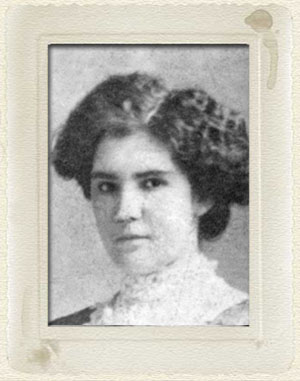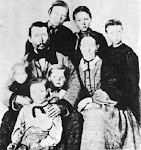Peace and unity didn’t continue long. Concurrent with the spiritual outpourings at Kirtland, animosity against the newly organized Church increased in intensity. An observation by Russell M. Nelson, a modern-day apostle of the Lord, is apt here: “Those who choose to follow the Lord’s way will likely endure persecution. But their reward is certain.”17 It has ever been thus.
Enemies had previously shown great opposition to the work of the Lord. From the time when Joseph Smith first told of his vision in the grove, he had been slandered and reviled and pursued, with threats against his life. He had been tarred and feathered, and hounded from place to place.
“Much of the efforts to destroy the Prophet were instigated by preachers of the various sects of Christian churches in that area, for their own creeds were threatened by his teachings,” and they succeeded in stirring up animosity amongst the populace. It is no wonder that this is so, for in relating his first vision in the sacred grove, Joseph said he had been told that all of the churches on the earth were wrong, and their professors were all corrupt. This did not set well with the clergy, for as Joseph said later, his story excited a great deal of prejudice against him among the professors of religion, which created in them a spirit of the most bitter persecution and reviling.18
So now in Kirtland persecution from the non-Mormons and apostates became so severe the Saints knew they would have to leave or their enemies would destroy them. However the Lord in His mercy, love and wisdom had previously provided the great spiritual blessings to strengthen the faith and testimonies of those willing, so they could endure the trying afflictions that were to follow.
Before long, events revealed there were many who were not willing, who couldn’t stand the opposing forces, but gave up under the pressure. We learn that at this time the Church in Ohio was facing its most troublesome days, for apostasy began to break it up. Over half of the Kirtland membership (including five members of the Quorum of the Twelve) either left the Church or were excommunicated from it, and the recently completed temple was left abandoned to them.19
William E. Berrett explains the situation in his book The Restored Church. The most apparent cause of this apostasy was greed. Due to a steady influx of converts coming to the Kirtland area, an expanded program of buying lands was needed. Consequently the leaders felt they needed a financial institution to aid the economic progress of the Church. They petitioned the State Legislature for a bank charter, but were refused, so they organized the Kirtland Safety Society Anti Banking Company. Shares were sold at $50 apiece and promissory notes were issued as a medium of exchange.
Soon throughout the nation a spirit of wild land speculation raged. The value of land escalated, and some of the Saints were caught up in the lure of monetary gain. Money was unwisely borrowed from the Society and issued to the borrower in the form of promissory notes, which were given as security. The Prophet warned the officers to cease lending more and more money and to collect the unpaid balance of the capital stock. Because he went unheeded, he withdrew from the Society.
Soon the funds of the Kirtland Safety Society were exhausted, and within one year the Society had to close its doors. Many other branches of the Church lost money in the financial crash of 1837 when hundred of banks throughout the nation went bankrupt. Because Joseph Smith was
instrumental in establishing the Society and had encouraged members to buy stock, he took the brunt of the blame when it failed.
Soon, “Fallen Prophet” was thrown at him from every side. People openly accosted him on the streets and blamed him for their financial losses. Then he was constantly kept in the courts on one trumped-up charge after another, and wasn’t able to lend his efforts to straighten out the problems within the Church.
During his absence while in court, three former members of the Quorum of the Twelve, and others, had formed a new organization, calling it “The Church of Christ” and claiming ownership of the temple. The meetings of the Priesthood in the temple threatened several times to break into armed fights, and swords were worn to the temple meetings. John Taylor and Brigham Young and others continued to declare they knew by the power of the Holy Ghost that Joseph Smith was a Prophet of God. Because some of his loyal followers defended him, they were threatened, and Brigham Young was forced to flee for his life.20
Thus it was that in 1838, under direction of the Seventies, Kirtland Camp was organized for the purpose of moving the Saints as a group from Kirtland. They would go to Far West, Caldwell County, Missouri, which was to be their Zion, a distance of 870 miles. Zemira’s grandfather, William Draper Sr. as a Seventy, was among the organizing Seventies.21







No comments:
Post a Comment